Skype: neodalle-travel
Tel: +86 135 7447 2266
E-mail: sales@zhangjiajieholiday.com
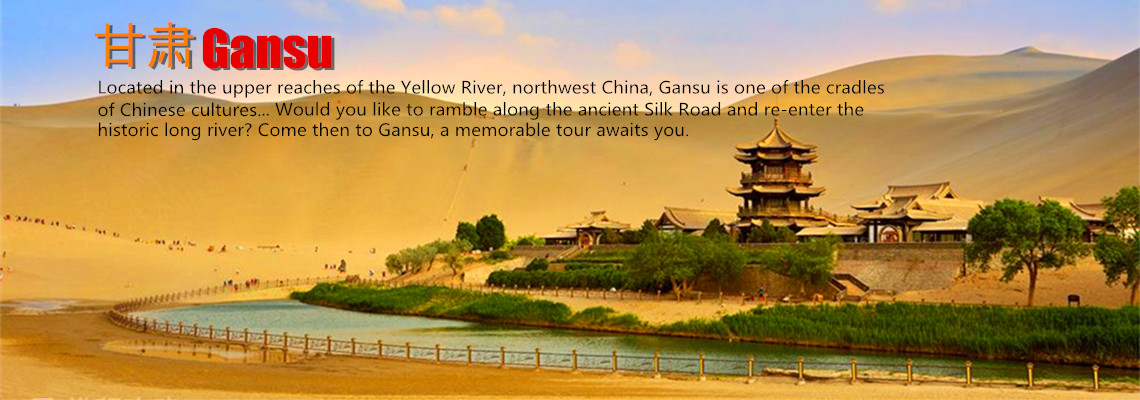
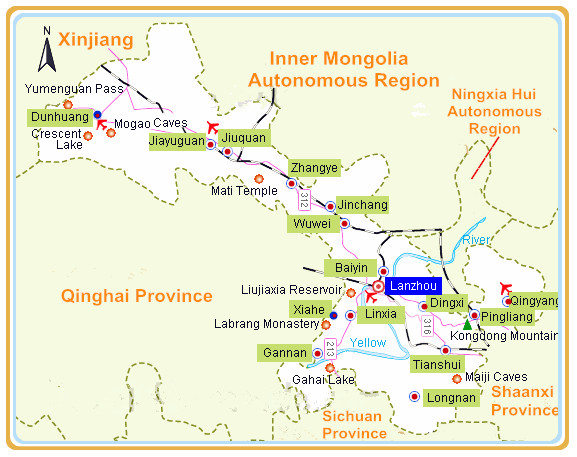 Prefecture (Linxia in brief), one of China's two major Hui Autonomous Prefectures, was established in November 1956. With an average altitude of 1917 meters, it covers 88.6 square kilometers. It is 117 km away from the provincial capital Lanzhou.
Prefecture (Linxia in brief), one of China's two major Hui Autonomous Prefectures, was established in November 1956. With an average altitude of 1917 meters, it covers 88.6 square kilometers. It is 117 km away from the provincial capital Lanzhou.Facts of Linxia
Full Name: Linxia Hui Autonomous Prefecture
Chinese Name: 临夏回族自治州 (lín xià huí zú zì zhì zhōu)
Population: 1,960,000
Area: 8,417 square kilometers
Nationalities: Hui, Han
Administrative Division: 5 counties (Linxia, Kangle, Yongjing, Guanghe, Hezheng); 2 autonomous counties (Dongxiang Autonomous County, Jishishan Bonan, Dongxiang and Salar Autonomous County); 1 county-level city (Linxia)
Seat of the Prefectural Government: No.84, Hongyuan Lu,Linxia City
History of Linxia
Linxia was formerly known as Han, and was later changed to Daohe and then Hezhou. Since the founding of administrative divisions during the Qin Dynasty (221BC-206BC), it has always been a link between western and central China. Linxia was a vital passage in the ancient Silk Road, Tang-Tibet and Gansu-Sichuan ancient roads, and was praised as the 'dock on land in West China'. The city was established in 1956, being one of the only two autonomous prefectures of Hui ethnic minority.
Geography of Linxia
Linxia is located in the converging zone of the Tibetan Plateau and the Loess Plateau. The topographical condition features immense ravines, with less level land, declining from southwest to northeast and forming a tilting basin. With an average altitude of 2000 meters. Here is the important water supply area in the upper Yellow River, and all the rivers in Linxia are annexes to the Yellow River. The Yellow River flowing through Linxia extends 103 kilometers. The first-class branch includes Taohe River, Daxia River, Huangshui River, etc. There are more than 30 branches above the 3rd-class river.
What to see in Linxia?
Linxia City is a transit point and the destination for Hui and Tibetan travels. The city has a rich ethnic customs and local characteristics. People’s Red Garden highlights the classical architecture of eastern China and local architecture. Dongjiao Park South Longshan Forest Park, Longevity Hill Park, Baohan Park are in different parts of the city. The well-known tourist attractions here are: Eastern Villa, Butterfly House, South Gate Mosque, Dagongbei, Wanshou Temple. There are Bingling Grotto Temple, Liujia Gorge Reservoir and Songmingyan Forest Park in the vicinity.
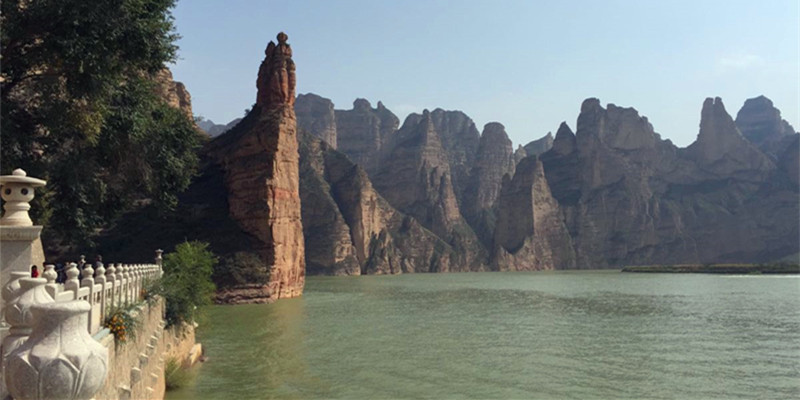 |
||
| Liujiaxia Reservoir in the Three Gorges of the Yellow River Scenic Area is a smooth lake in the high gorges, being the largest inland reservoir in Northwest China. After admiring the reservoir on the way westward, visitors can see the ancient grottoes situated high on the cliffs. They were first excavated in 420AD. Nowadays, the Grottoes at Bingling Temple has become a hot attraction along the ancient Silk Road. | ||
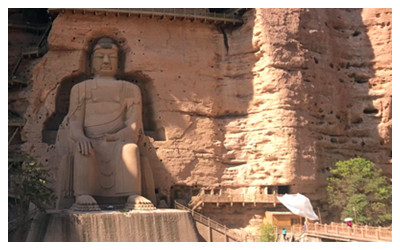 |
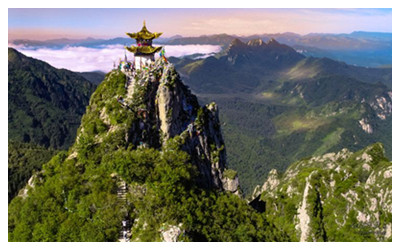 |
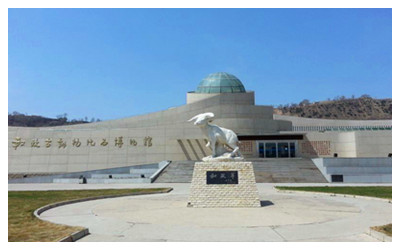 |
| Grottoes at Bingling Temple | Lianhua Mountain | Hezheng Ancient Animal Fossil |
When to Visit Linxia?
Linxia belongs to the semi-arid temperate climate zone. It is cold and damp in southwest mountainous regions, while it is arid in northeast. The plains in valley are mild, neither extremely cold in winter, nor very hot in summer, with four distinctive seasons.
Most regions of Linxia Prefecture lay in a temperate climate zone with four distinct seasons, moderate temperature, and refreshing weather. There is no excessive summer heat and the annual average temperature only falls to around 6.3![]() C (43.3
C (43.3![]() F). Summer and autumn are the harvest seasons for fruits and melon, and due to the high altitude, summer is comfortable and refreshing. Therefore, June to August are recommended as the best times to visit there.
F). Summer and autumn are the harvest seasons for fruits and melon, and due to the high altitude, summer is comfortable and refreshing. Therefore, June to August are recommended as the best times to visit there.
How to get to Linxia?
Linxia does not have an airport. Lanzhou Zhongchuan Airport is the nearest airport to this prefecture. The city is about two hours from Lanzhou and the airport is a further 80 kilometers (50 miles) from downtown Lanzhou. There is also no railway and visitors should travel to Lanzhou and change buses to get to. The south bus station is seated in Jiefang Lu and the west bus station is just outside the West Gate.
Linxia Travel Tips
1. Linxia Highlights: Linxia is home to 18 ethnic groups, Han, Hui, Dongxiang, Bao’an, Sala and others, the Hui ethnic minority population accounting for more than half of the population in Linxia. It is one of the most densely populated Hui habitations with rich Muslim customs culture. The mosques here are the artistic blending of Chinese and Arabic styles. The halal culinary culture has a long history and is in a class by itself.
2. Linxia Products: Linxia enjoys its own genres of Hui’s Brick Carving, Wood Cutting Han ethnic group, and Tibetan Paintings and Gourd Carving. These are genuine non-material cultural heritages. Purple-strip Peony and “Hua’er" art are typical local specialties.
3. Folk-Customs: Hua'er, otherwise known as 'Flower', is a type of folk song popular amongst the ethnic minorities in Qinghai, Gansu, Ningxia and Xinjiang. According to different areas, the flower song has two types: Hezhou Hua'er and Gaoqiang Hua'er with Linxia renowned as a hometown of Hezhou Hua'er.
 Ask Questions ?
Ask Questions ?